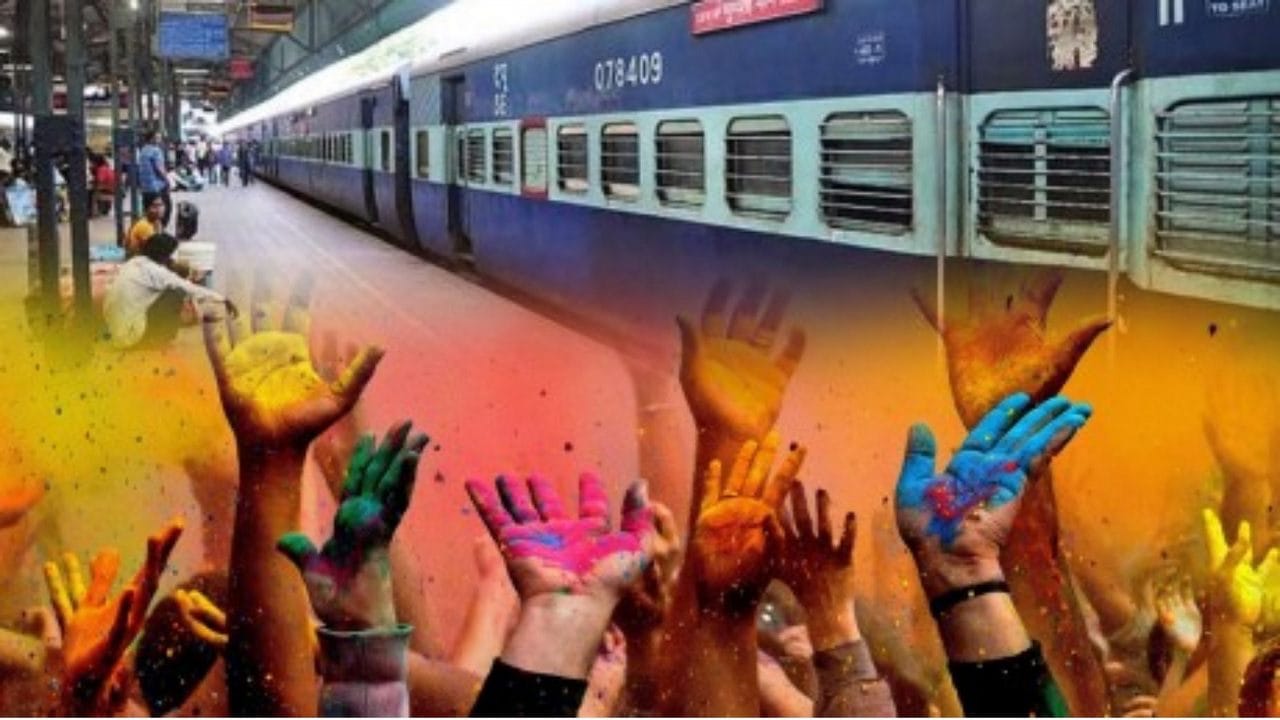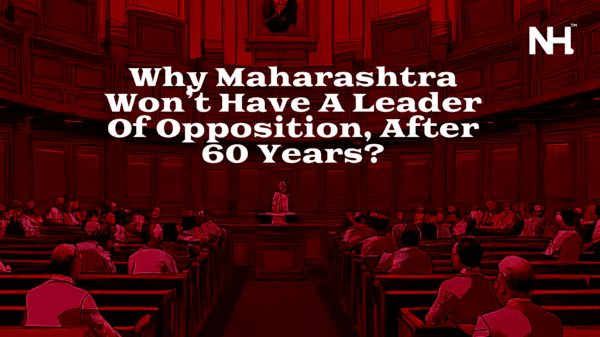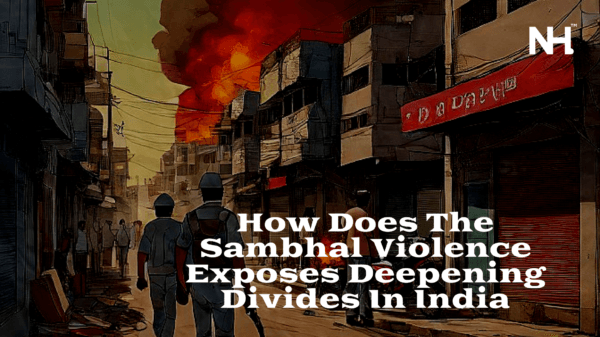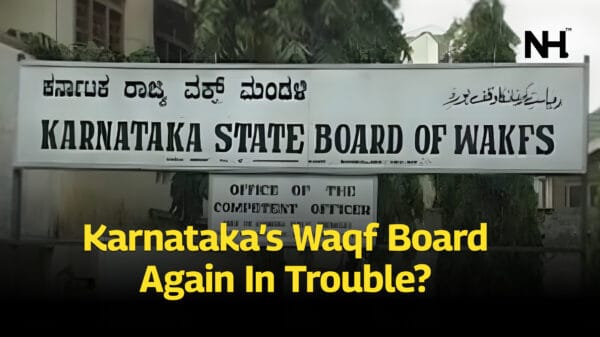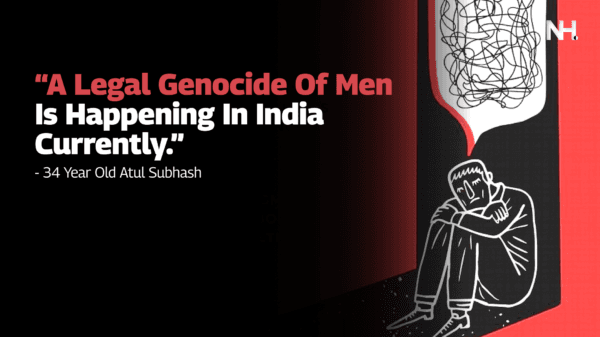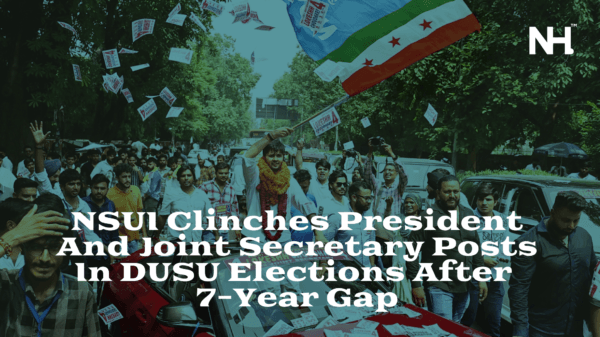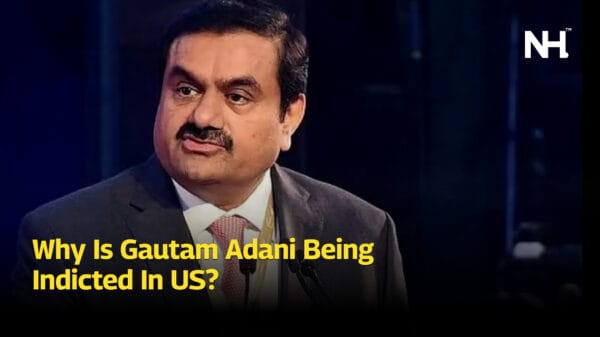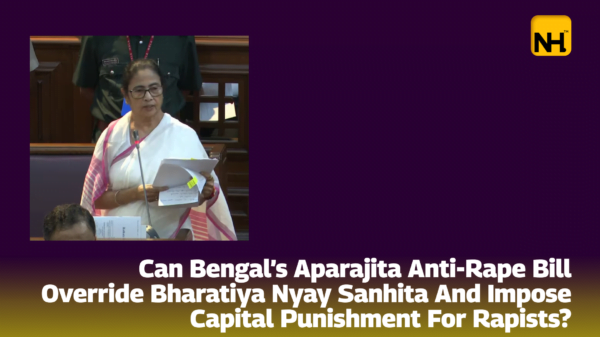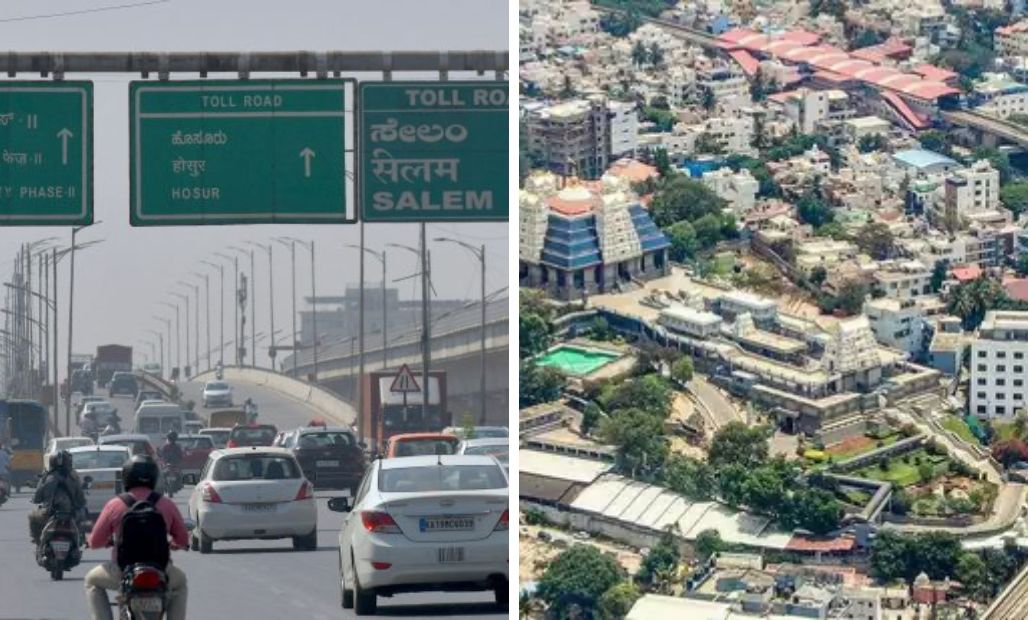Bengaluru, stands as a bustling metropolis fueled by India’s booming IT services industry. However, this rapid development has come at a steep cost, as the city grapples with issues ranging from traffic congestion and illegal construction to environmental degradation. In the heart of this urban transformation, residents are rallying to protect their beloved green spaces, like Sankey Tank, from encroaching development.

Source: Bloomberg
The Price of Progress:
Bengaluru’s transformation over the past three decades has been nothing short of remarkable. Once a city known for its retiree-friendly ambiance and picturesque landscapes featuring 200 interconnected lakes and tree-lined neighborhoods, it has morphed into India’s Silicon Valley, hosting a burgeoning IT industry that has tripled its population to 13 million since 1990. However, this meteoric growth has had severe repercussions, especially for the city’s green cover.
Where nearly 70% of the city was once shaded by a canopy of trees, today, a mere 3% remains, according to the Indian Institute of Science. To compound this, Bengaluru earned the dubious distinction of being India’s most traffic-congested city, and the fifth worst globally, as per TomTom’s rankings. The consequences of hasty development are starkly visible in the form of illegal construction, canal fillings, and flash floods during rainstorms.
Illegal construction practices, unchecked by regulatory oversight, have left the city bereft of necessary infrastructure, leading to floods that have claimed lives and disrupted the operations of major corporations like Infosys Ltd. The chaos has prompted the Karnataka government to seek a significant loan from the World Bank, amounting to 30 billion rupees ($362 million), to address these pressing issues.

Preserving Green Oases:
Despite the grim scenario, some pockets of Bengaluru have managed to preserve their bucolic charm. Cubbon Park, for instance, remains a green sanctuary amidst the urban sprawl, thanks to the unwavering dedication of activist citizens who have thwarted multiple attempts at development. Such successes have inspired residents living around Sankey Tank to fight for the survival of their cherished green space.
When plans for an overpass near the lake came to light, local residents took matters into their own hands. They reached out to city agencies and Karnataka’s chief minister, demanding a halt to the project. Concerned citizens even conducted an environmental impact assessment, which revealed that the proposed overpass would lead to the felling of 55 trees, more than the 39 mentioned in the official report. It was clear that such a move would degrade air and water quality and disturb the local birdlife.
Residents offered a more sustainable alternative, suggesting improvements to traffic signals, public transport, and walkways instead of the overpass. Their concerns were further validated when a municipal engineer admitted that the overpass might actually worsen traffic congestion in the area. This realization fueled the residents’ determination to protect their green space.

The Battle for Green Spaces:
In a bid to save Sankey Tank and its surroundings, residents organized a silent march around the lake. However, their peaceful protest was met with opposition, and some participants found themselves under investigation for unlawful assembly and obstruction. They contended that a mere silent walk could not be interpreted as a crime, let alone serious ones.
Meanwhile, the political landscape has also played a role in Bengaluru’s quest for sustainability. The Congress party, in its campaign ahead of Karnataka elections, highlighted corruption among local BJP leaders and their ties to contractors. The newly elected government has engaged with business leaders to find solutions to the city’s challenges. Rajeev Gowda, a former national Congress lawmaker, has been actively involved in addressing urban problems in Bengaluru.
Efforts to address the city’s issues include increased public transport usage, metro system expansion, and the creation of a new agency to coordinate various city departments. However, proposals for an underground highway network remain controversial, with concerns that it may exacerbate the city’s car-centric problems. The government is mindful of the upcoming national elections, viewing these infrastructure investments as an opportunity to leave a positive legacy for the city.


